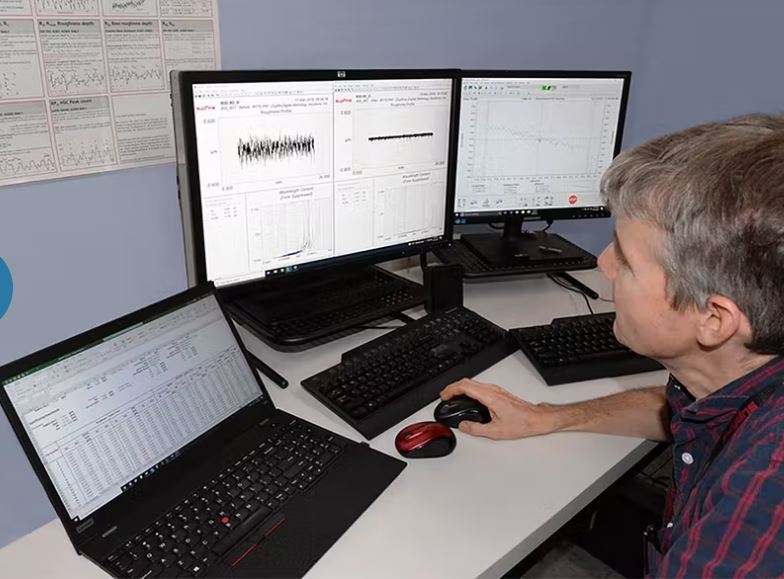Monday, May 23, 2022

Supfina launches innovative way to accelerate competence, with the goal of “going paperless” is to increase efficiency throughout design, process development, and process improvement. One machine-tool builder’s example shows how it’s done. “Going paperless” — eliminating hard copy documents in favor of digital storage—has been a goal of manufacturers for many years. For a quality group or lab, the benefits of going paperless are compelling, in regard to both environmental impact and data accessibility.
However, many manufacturers have not experienced the potential of a fully digital information workflow. In many of those cases “paperless” simply means storing documents as PDF files or as bitmap images, exchanging one static format for another. The data in these files is useful for archiving, but it is no longer an active part of the process.
Supfina, “We tend to be measurement intensive,” according to Supfina process engineering manager Joe O’Hearn. His team measures customer components at two critical points in the development cycle: during initial specification to verify their machines’ capability for an application, and again as part of the machine’s acceptance plan. “If any specifications or requirements changed,” O’Hearn recalled, “we’d need to go back into the lab again to run new measurements.”
Typically, the instrument software can analyze only data that has been measured with that particular instrument. “Our users often have very sophisticated roughness callouts,” he explained. “Those requirements may involve specifications for both roughness and waviness, with varying evaluation lengths. To do that with the software that came with the instruments would be very tedious.”
Supfina made big step forward came when the team began using “offline” surface-texture software to analyze data from their measurement instruments. Offline analysis software can be used away from the measurement system, freeing the systems for further measurements. Such software typically can import and analyze files from a range of instruments, rather than just one system. This allows Supfina to analyze and compare their results with data collected by their customers — an important part of the process development cycle.
“The ability to re-analyze past data allows us to quickly help our customers understand the implications of new requirements on an existing process,” O’Hearn said. “The majority of our customers are manufacturing engineers responsible for multiple operations. They may not have the time or resources to analyze a new callout. We can go back to the baseline data from a machine runoff and tell them within a few minutes if the process will meet those specifications and, with a bit of further analysis, what kind of statistical capability they can expect.”
Tags: digital workflow, digitisation, Industry 4.0, paperless, Supfina, woodworking and manufacturing, woodworking industry, woodworking US